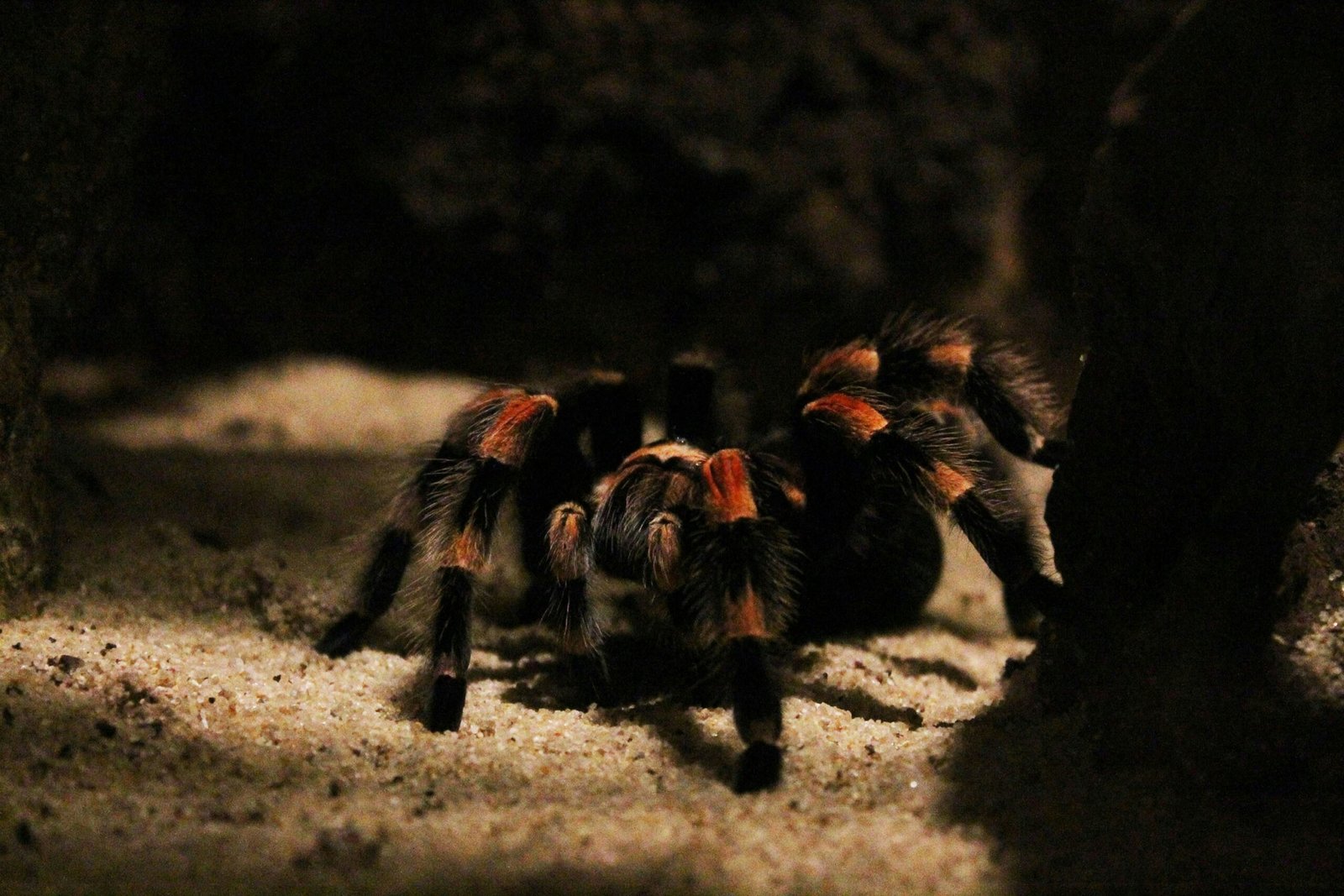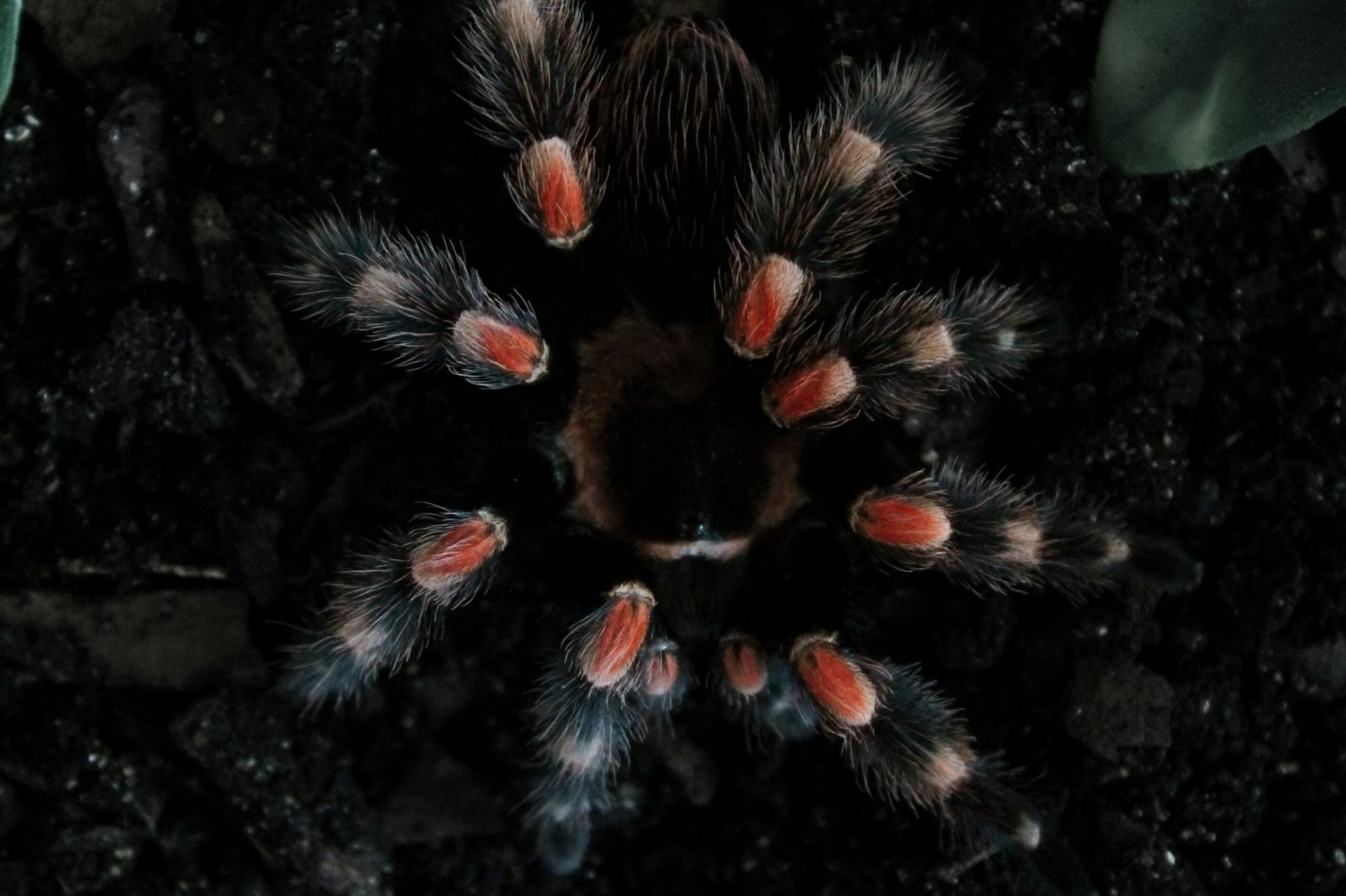How Do I Create A Secure Escape-proof Enclosure For My Tarantula?
Are you concerned about keeping your tarantula safe and contained within its enclosure? Tarantulas are fascinating pets, but they also have a knack for escaping if their habitat isn’t secure enough. Crafting an escape-proof enclosure is essential not only for your pet’s safety but also for your peace of mind. By following some simple guidelines and using appropriate materials, you can ensure your spider remains happily confined to its home.

Understanding Your Tarantula’s Needs
Before setting up the perfect enclosure, it’s crucial to understand your tarantula’s specific requirements. Different species may have varying needs in terms of space, humidity, and climbing surfaces. Additionally, knowing their behavior helps in creating a habitat that keeps them engaged while ensuring they can’t escape.
Species-Specific Considerations
Tarantulas come in different sizes and temperaments. For a terrestrial tarantula, you need more ground space and less vertical height. In contrast, arboreal species require more vertical space to climb. Here’s a simple table to guide you:
| Type | Space Requirements | Enclosure Height | Climbing Needs |
|---|---|---|---|
| Terrestrial | More ground space | Less height | Minimal climbing |
| Arboreal | Less ground space | More height | Significant climbing |
Understanding Their Behavior
Knowing how your tarantula behaves not only aids in providing a stimulating environment but also helps you understand how they might attempt to escape. Terrestrial tarantulas tend to burrow under substrate, while arboreal ones might try to climb out of the enclosure.
Selecting the Right Enclosure
Choosing the appropriate enclosure is the first step in ensuring it is escape-proof. The material, size, and design of the enclosure play crucial roles in security.
Material Considerations
Glass or acrylic enclosures are often preferred as they are sturdy and offer clear visibility. Plastic containers can also be used, but they must be durable and escape-proof.
Size Matters
While you don’t want your tarantula to feel cramped, an overly large enclosure can provide too many escape opportunities. Ensure the size is adequate for your species of tarantula:
- Terrestrial Tarantulas: At least 3 times the leg span in length and 2 times in width.
- Arboreal Tarantulas: Height is more critical, at least 3 times the leg span.
Enclosure Design
Certain designs make it easier to create a secure environment. Look for enclosures with tightly fitting lids and minimal gaps. Slide-to-lock lids or lids with reinforced clips are great options.
Essential Enclosure Features
Now that you have the right enclosure, let’s look at some key features to make it escape-proof.
Tight-Fitting Lid
A securely fitting lid is non-negotiable. Tarantulas are strong and can push open loose lids or squeeze through small gaps.
Ventilation
Good ventilation is crucial for your tarantula’s health, but it also presents an escape risk. Opt for small, well-placed ventilation holes instead of large gaps. Ensure holes are small enough that your tarantula cannot squeeze through.
Secure Latches
Latches or clips that can be locked are vital. Tarantulas are surprisingly strong and can push their way out if the lid isn’t securely fastened. Double-check locks and clips to ensure they function correctly.
Creating a Secure Habitat Inside the Enclosure
Once you have the right enclosure, it’s time to create a habitat that keeps your pet secure and happy.
Substrate Selection
The substrate not only affects the comfort of your tarantula but also plays a role in preventing escapes.
- Depth: Provide a substrate depth suitable for your species. Terrestrial tarantulas love to burrow and require deeper substrates.
- Type: Coconut fiber, peat moss, and potting soil are good options. Avoid sharp or toxic substrates.
Hiding Spots
Providing hiding spots can reduce stress and the urge to escape. Incorporate logs, cork bark, or commercially available tarantula hides.
Climbing and Burrowing Structures
For arboreal species, providing climbing structures is essential. Ensure these structures are secure and cannot be moved or tipped over. Terrestrial species will appreciate burrow tunnels or partially buried hides.

Regular Maintenance and Monitoring
Keeping the enclosure clean and well-maintained reduces the risk of escape. Regularly check for wear and tear and make necessary repairs.
Daily Checks
Monitor your tarantula daily to ensure it has not escaped and that the enclosure is secure.
Regular Cleaning
Perform regular cleaning of the enclosure to prevent mold and mite infestations, which can damage the structure and create escape avenues.
Humidity and Temperature
Maintaining proper humidity and temperature is essential for your tarantula’s health and to ensure materials don’t degrade, which could compromise the enclosure’s safety.
Handling Escapes
Even with the best setup, accidents can happen. Here’s what to do if your tarantula does escape.
Immediate Actions
- Stay calm and close all doors to contain the area.
- Use a soft brush or piece of paper to gently guide the tarantula back into its enclosure.
Preventing Future Escapes
- Reassess the enclosure for potential weak spots.
- Consider upgrading locks or adding additional security measures.

Creating a Safe Escape-Proof Environment: Summary
Let’s summarize the key points to create a secure, escape-proof enclosure for your tarantula:
- Understand Your Tarantula’s Needs: Tailor the enclosure to the species-specific requirements.
- Choose the Right Enclosure: Opt for glass or acrylic with secure lids and minimal gaps.
- Ensure Essential Features: Tight-fitting lids, proper ventilation, and secure latches are critical.
- Create a Secure Habitat Inside: Provide appropriate substrate, hiding, and climbing structures.
- Regular Maintenance: Daily checks and regular cleaning help maintain the enclosure’s integrity.
- Handle Escapes Calmly: Take immediate actions and prevent future incidents by tightening security.
By following these guidelines, you offer your tarantula a safe, secure, and enriching habitat while gaining peace of mind that your pet will stay where it belongs.